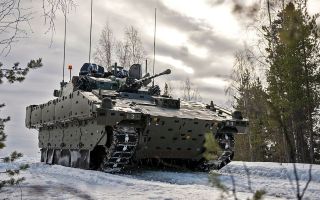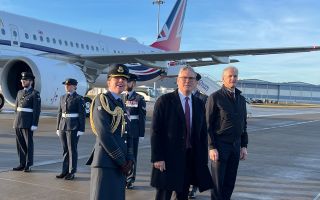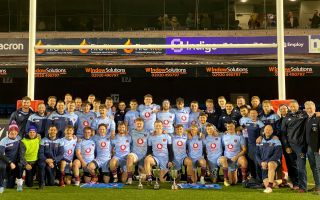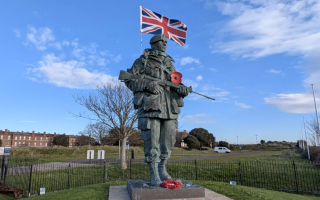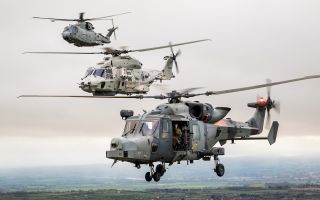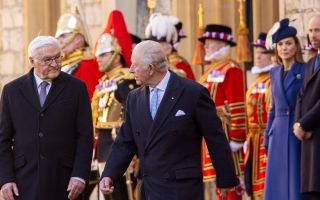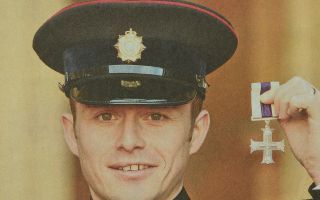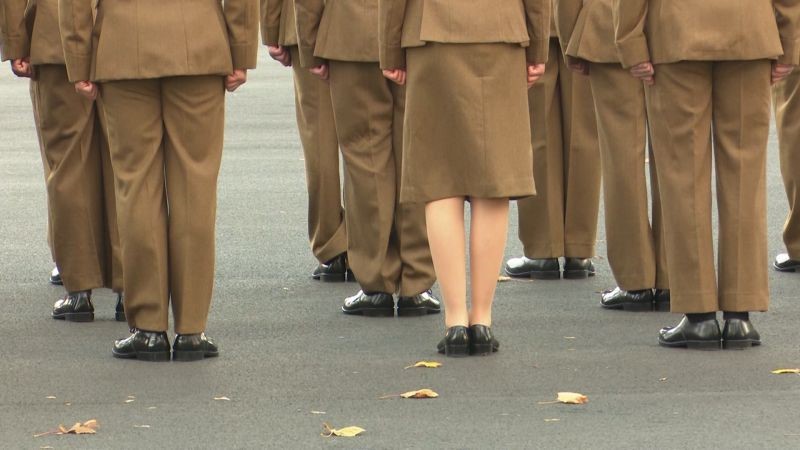
Ethnic minority and female representation on the rise across Armed Forces

The representation of female and ethnic minority personnel has increased across the British military in the last year, statistics released by the Ministry of Defence have shown.
The UK Armed Forces Biannual Diversity Statistics break down the makeup of personnel across the Royal Navy, Royal Marines, British Army and Royal Air Force.
As well as ethnicity and gender, the statistics also take into account nationality, religion, age and sexual orientation - with ethnic origin and religion data being self-reported.
The latest set of statistics showed a 0.3% increase in the female representation in the Regular forces in the last year, as well as a 0.2% increase in the Reserves.
They also outlined a 0.7% increase in the representation of ethnic minorities in Regular forces, a 0.1% increase in the Reserves and a 2.8% increase in the total intake of ethnic minorities across the military.
Females make up 8.1% of senior officer roles in the Regulars and 14.7% of junior officers.
Across the three forces, 280 personnel (11.7%) joined the Royal Navy and Royal Marines, 660 personnel (10.4%) joined the Army and 280 personnel (16.0%) joined the RAF.
But the statistics showed the number of women leaving the Armed Forces was higher than those joining, with net flow at a negative of 310 personnel (0.6%) in the 12-month period.


